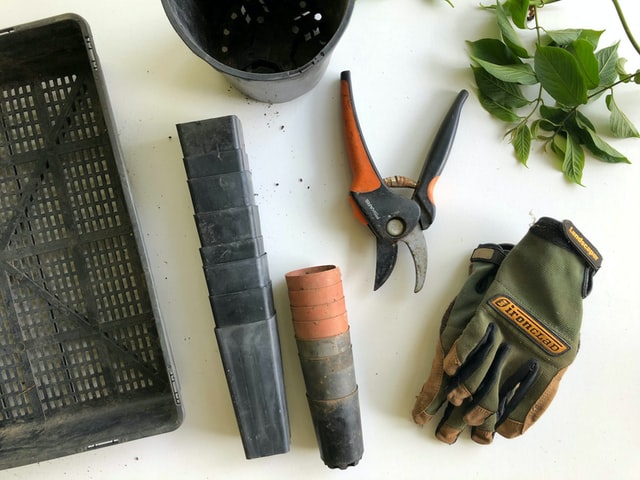Pruning fig trees can help to improve their overall health and fruit production. Here are some general guidelines and tips for pruning fig trees.
By following these tips and providing your fig tree with proper care and attention, you can ensure that your fig tree is well-maintained, healthy, and it grows and thrives.
Fig Tree Canopy Pruning
Use sharp pruning tools:
It’s important to use sharp pruning tools when pruning fig trees. This will help to make clean cuts that are less likely to damage the tree.
Sanitize your pruning tools:
To prevent the spread of diseases, it’s a good idea to sanitize your pruning tools before and after use. You can do this by dipping the blades in a solution of 70% rubbing alcohol and 30% water.
Prune in late winter or early spring:
The best time to prune fig trees is in late winter or early spring, before the tree starts to produce new growth. This will give the tree plenty of time to recover and produce new fruit.
Remove any dead or damaged branches:
The first step in pruning a fig tree is to remove any dead or damaged branches. These branches are unlikely to produce fruit and can weaken the tree if left in place.
Thin out the canopy:
Fig trees have a naturally dense canopy, which can lead to poor air circulation and reduced fruit production. To improve air circulation, thin out the canopy by removing some of the smaller branches.
Shape the tree to your desired form:
After thinning out the canopy, you can shape the tree to your desired form by removing any branches that are growing outside of your desired shape.
Make clean cuts:
When pruning fig trees, it’s important to make clean cuts that are as close to the branch collar as possible. Avoid leaving stubs, as these can lead to disease and weakening of the tree.
Be aware of the tree’s growth habit:
Different fig tree varieties have different growth habits, so it’s important to be aware of your tree’s specific needs when pruning. For example, some fig trees are more prone to water sprouts (sucker growth) and may require more frequent pruning to keep them in check.
Don’t over-prune:
It’s important not to over-prune fig trees, as this can weaken the tree and reduce fruit production. Aim to remove no more than 30% – 40% of the tree’s canopy in any given year.
Fig Tree Root Pruning
Pruning fig tree roots every 3-5 years can be beneficial in certain situations, such as when the roots are crowded or encircling the root ball. Here are the steps for pruning fig tree roots:
Water the tree well:
Water the tree well several hours before pruning the roots to help make the soil easier to work with and reduce stress on the tree.
Carefully remove the tree from the container:
Gently lift the tree out of the container, taking care not to damage the roots. If the roots are particularly tight, you may need to gently loosen them before removing the tree.
Prune the roots:
Use a sharp, clean pair of scissors or pruning shears to trim the roots back to a healthy, vigorous state. Avoid cutting too close to the trunk, as this can damage the tree.
Repot the tree:
Fill the container with a well-draining soil mix and plant the tree at the same depth as it was previously growing. Water the tree well and continue to water regularly to ensure that the soil remains evenly moist.
Use caution:
Root pruning can be stressful for fig trees, so it is important to be gentle and take care not to damage the tree. Avoid cutting too many roots at once, and try to minimize the amount of roots you need to prune.
Keep an eye on the tree:
After pruning the roots, keep a close eye on the tree for any signs of stress or problems. Water the tree regularly and provide extra care as needed to help the tree recover from the root pruning.
Prune at the right time:
The best time to prune fig tree roots is in the late winter or early spring, when the tree is dormant. This will allow the tree to focus on establishing its roots rather than producing new growth.
By following these tips and providing your fig tree with proper care and attention, you can help to ensure that it recovers from root pruning and grows and thrives. Root pruning can be a useful tool for managing the size and shape of fig trees grown in containers, but it should be used with caution to avoid damaging the tree. Pruning the roots can help to encourage new root growth and improve the overall health of the tree.

